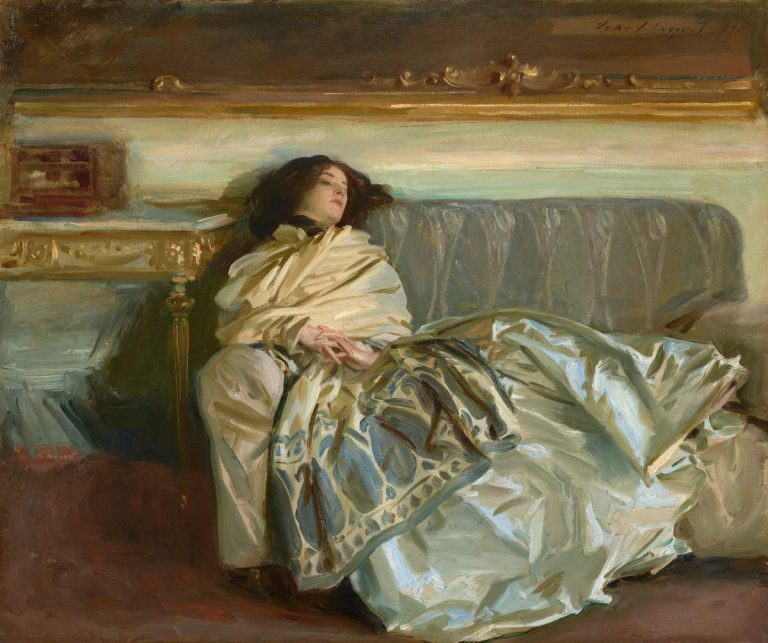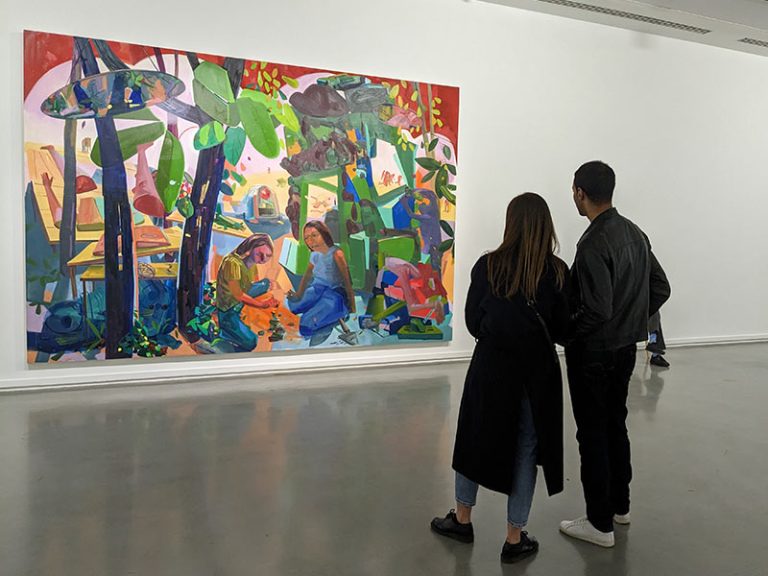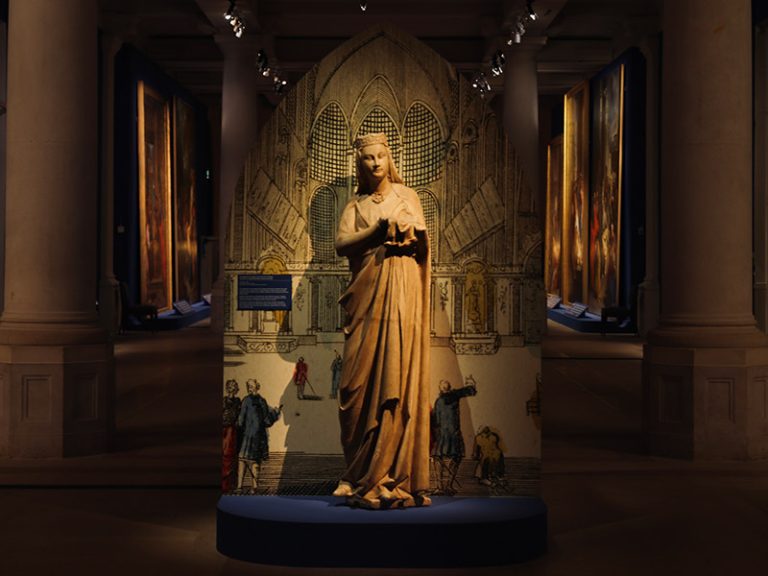Minorca,
If last summer at the Botín Center in Santander he presented an exhibition conceived specifically for his architecture, in which he summarized the diversity of the techniques that have been shaping his production (sculptures, drawings, texts, photographs), all put at the service of exploring the dichotomies between change and permanence, between essences and variable appearance, this summer Roni Horn is once again exhibiting in Spain sculptures and installations that interact with the space where they are displayed: the rooms of the southern area of the Menorcan gallery Hauser & Wirth, who in parallel dedicates a project to Chillida on the occasion of his centenary.
The center of the exhibition is occupied by the sculpture group A witch is more lovely than thought in the mountain rain, nine circular pieces made of glass, a glass that appears solid in the distance as it is molten and solid. This American author began working with this material in the nineties, following a process consisting of pouring it molten and colored into a mold and letting it harden progressively for months. The fruits, in addition to being compact, are rich in textures: the upper part, polished by fire, is shiny and smooth, almost reminiscent of a puddle of clear water, while the sides are rough, as were the molds used for them.
These pieces convey the feeling of being still in a process of change, not finished; That is the aspect that the artist is interested in achieving: it emphasizes the transitory condition of the material, which we cannot define as either solid or liquid, since its atoms are in a continuous although imperceptible movement, as on so many occasions water (and our own personalities, according to Horn). Even the light that falls on these works through windows and skylights and the footsteps of viewers can modify our perception of them; They will appear more opaque or transparent, solid or fluid, depending on these light gradations: What fascinates me has a lot to do with that essence of things that have an appearance but are actually something completely different. It is the place and its inevitable physical conditions that transform these works, cylindrical and concave at the top, into mutable ones.
What fascinates me has a lot to do with that essence of things that have an appearance but are actually something completely different.

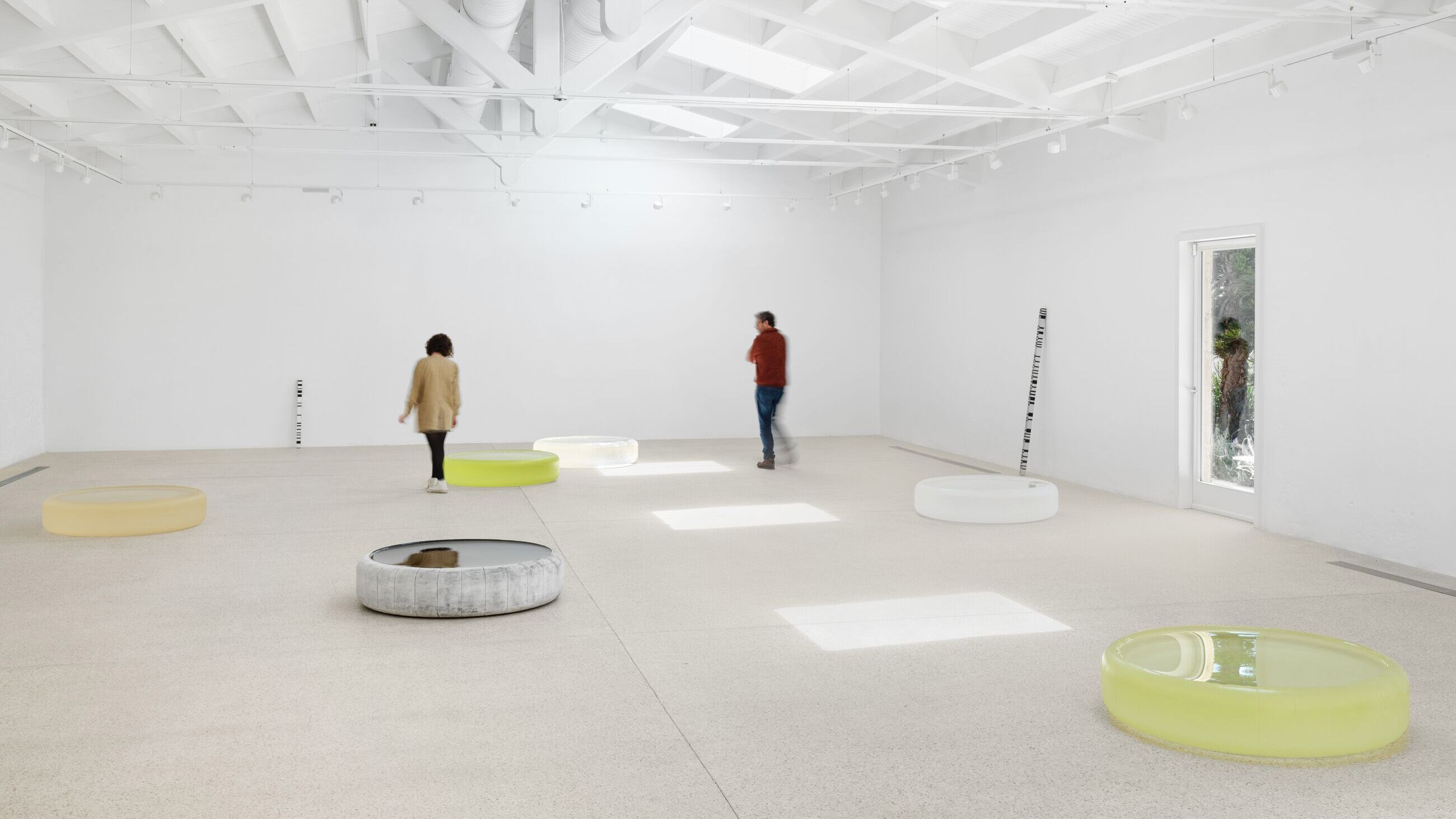
Ambiguity, the possibility of uncertainty, also defines Black Asphere, a work in solid copper similar to a sphere but lacking symmetry around its axis, that is, not completely round; Horn has referred to it as a self-portrait, since he tends to avoid all types of labels and does not believe in static identities. The same issue dominates his series Pair Objectsworks in copper and stainless steel in which it is emphasized that there is no duality without paradox, or aka, a set of portraits of him made over time and paired together that we were already able to see in Santander: they serve to delve deeper into the complexity of every individual personality; in the multitudes that, for the artist, we house. The potentially identical, in her creations, never ends up being identical.
It has also arrived in Menorca Double Mobius, v. 2, a sculpture made of pure gold that is composed, and hence its name, of a geometric shape that appears to have two sides but has only one: Horn's goal was to eliminate the layers of meaning that our culture associates with gold to allow the visitor to get closer to the real material, without those connotations. To her it suggests both intimacy and infinity.
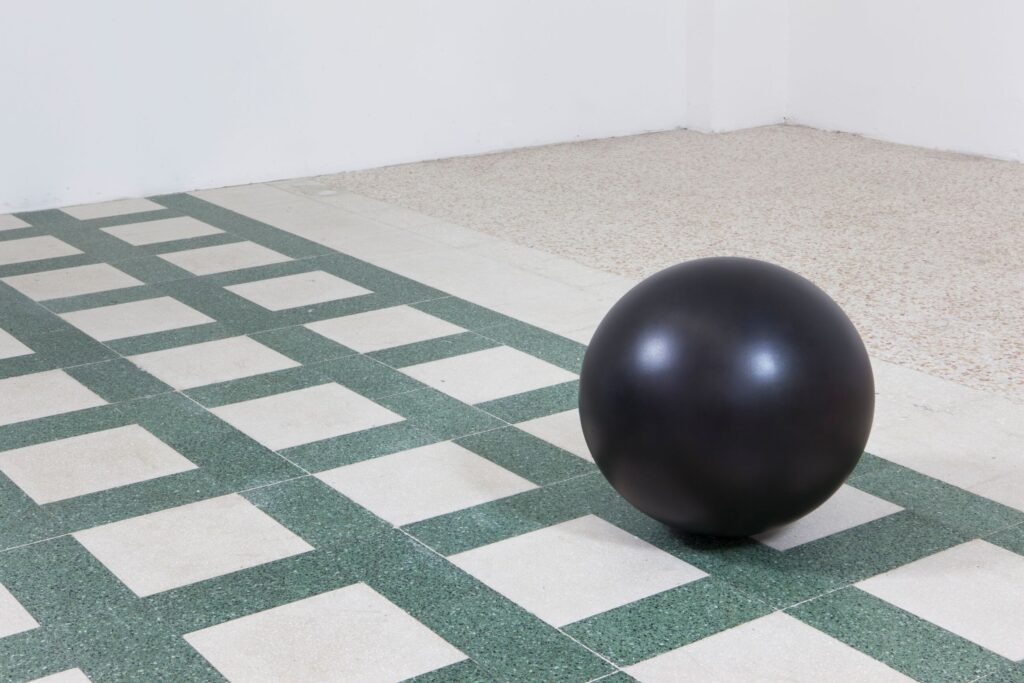
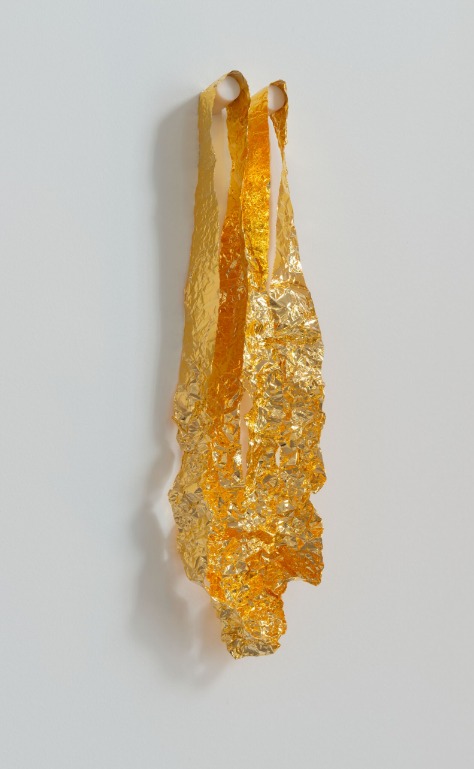
A final set of works at Hauser & Wirth have to do with literature, very present in their almost complete production, beyond the evidence of some titles. The aforementioned installation A witch is more lovely than thought in the mountain rain It takes its name from a poem by the British Joan Murray, who has tried to bring her words closer to tactile sensations, and the sculptures that make up Key and Cue They collect first verses from some texts by Emily Dickinson, another common reference in Horn. In this case, he uses them as independent statements that he arranges on the four sides of these bars, so that they cannot be read at once and without moving: once again, he challenges the perception of what is unitary.
Furthermore, by trying to convert what is written into material, it proposes to the public to think of language as sculpture, leaving aside the meanings that we cannot a priori get rid of in order to give priority to the experiential. In his words: I do not consider the object, the material or the produced to be the culmination of a work. The ultimate objective is always the experience, which means that the public, the individual, is an integral part of the value of the work.
It will also try to demonstrate this in the large number of international exhibitions that will be dedicated to it in the coming months: at the Museum Ludwig in Cologne (until August 11), the New York headquarters of the firm Hauser & Wirth itself (until August June 28) and the Danish Louisiana Museum of Modern Art (until September 1).
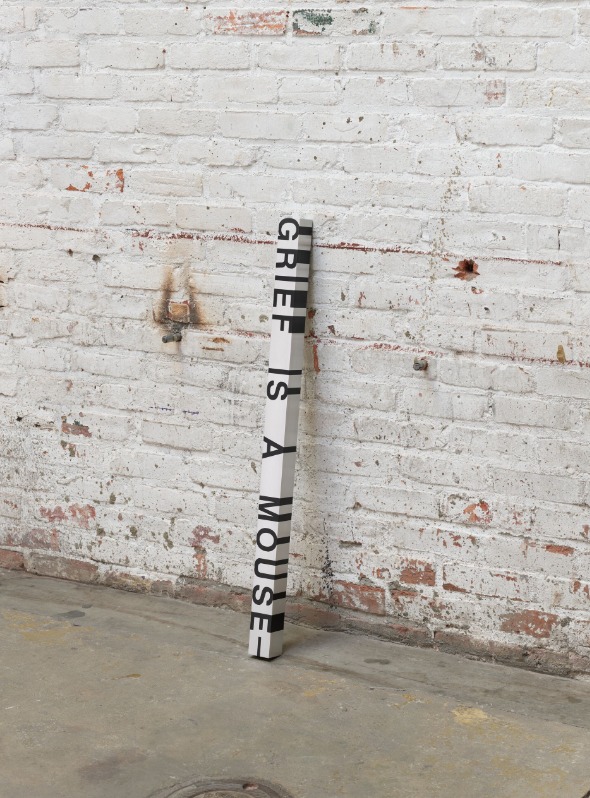
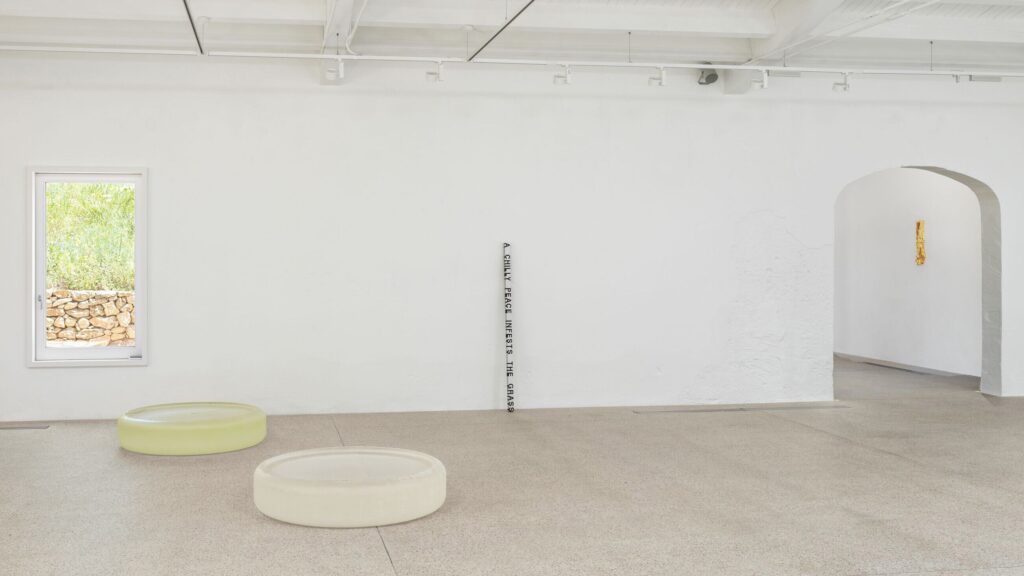
Roni Horn
HAUSER & WIRTH MENORCA
King's Island, Mahon
Minorca
From May 11 to October 27, 2024


